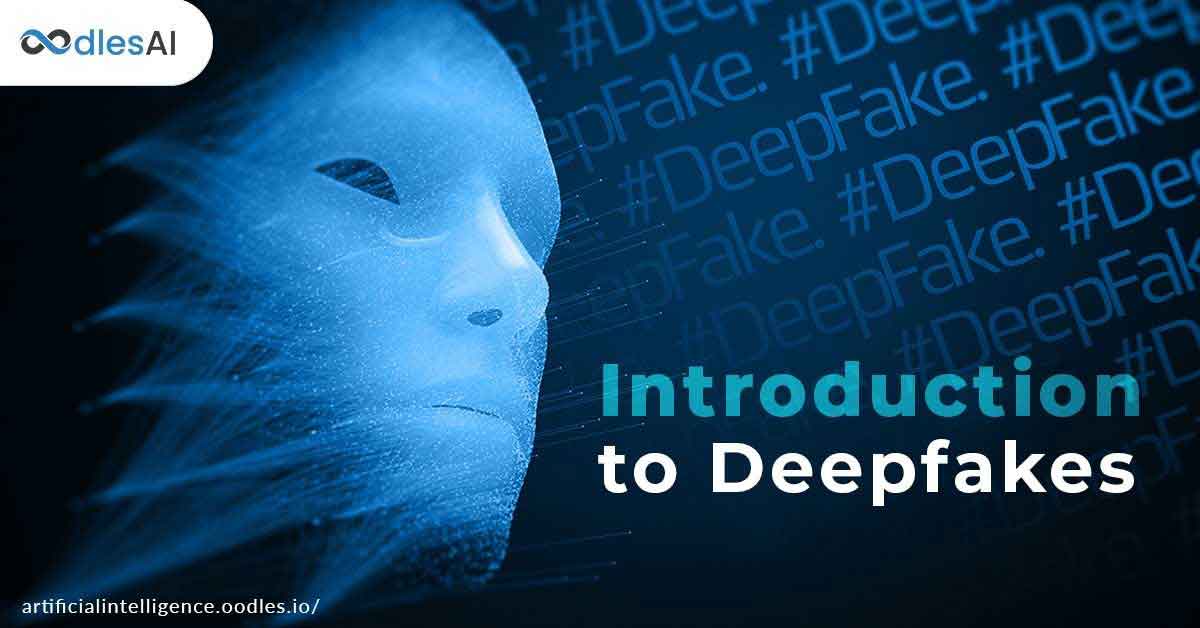Understanding the AI behind Deepfake Technology
Asheesh Bhuria | 30th December 2019

Machine learning (ML) and Deep learning are essential components of artificial intelligence services. Although machine learning and deep learning appear to share similarities, they both work quite differently in practice. Deep learning is a subset of machine learning development services, where the system automatically completes feature extraction which is done manually in machine learning. Check out our previous blog post for a comprehensive guide to the difference between AI, ML, and deep learning.
This blog post talks about an interesting and game-changing application of Deep Learning – Deepfake. Deepfakes are media that are made from combining two different sources of media (images or videos) using artificial neural networks.
This is an example of a Deepfake. The most fascinating part is that it looks very real besides the fact that the face of actor Nicolas Cage is superimposed on the face of actress Amy Adams.
AI techniques behind Deepfake Technology
-
Autoencoders
Autoencoders are neural networks that first deconstruct (encode) and then reconstruct (decode) the input (in this case an image). Of course, it cannot reconstruct the image to its previous self, but in order to try it, it learns important features of the image. The encoder converts the image into its lower-dimensional latent space (exposing hidden features of the image) and the decoder reconstructs the image from the latent space.
-
Generative Adversarial Networks
This is an upgrade to the Autoencoders method. In Generative Adversarial Networks, any defect in the image is caught and dealt with. It consists of a generator (in this case a decoder) and a discriminator. It is capable of generating synthetic images with real features extracted from various real images.
Deepfakes can be very useful in various industries like movie industries for special effects, gaming industry, etc. But it poses various threats as well. Anyone with this technology can create misleading videos. Using such media, people can easily influence the masses with the help of social media. This questions the trustworthiness of the material we find on the internet, even when the media looks very real.
Deploying Cross-platform Machine learning and Deep Learning Applications with Oodles AI
The artificial intelligence team at Oodles AI is skilled at deploying dynamic machine learning and deep learning models for global businesses. Our AI capabilities extend to personalized recommendation systems, predictive analytics, natural language processing, and computer vision systems. Our machine learning services can be deployed both on-premises or in the cloud infrastructure of businesses. Our cloud-based ML solutions include IBM Watson, Google Cloud, Azure, and AWS cloud computing services.
Talk to our AI team to know more about our artificial intelligence and machine learning development services.



